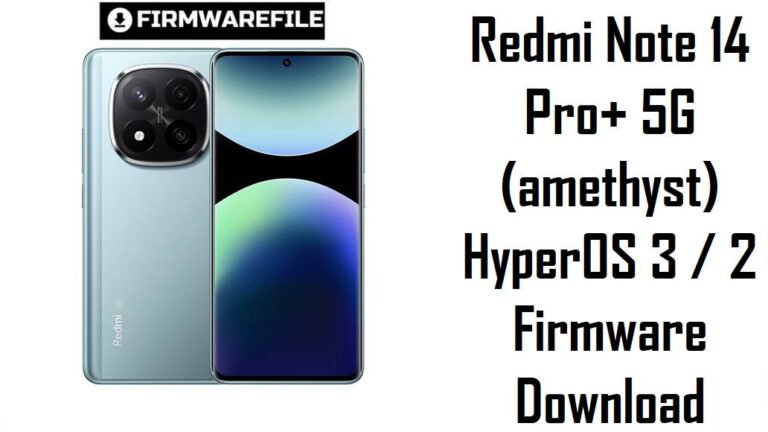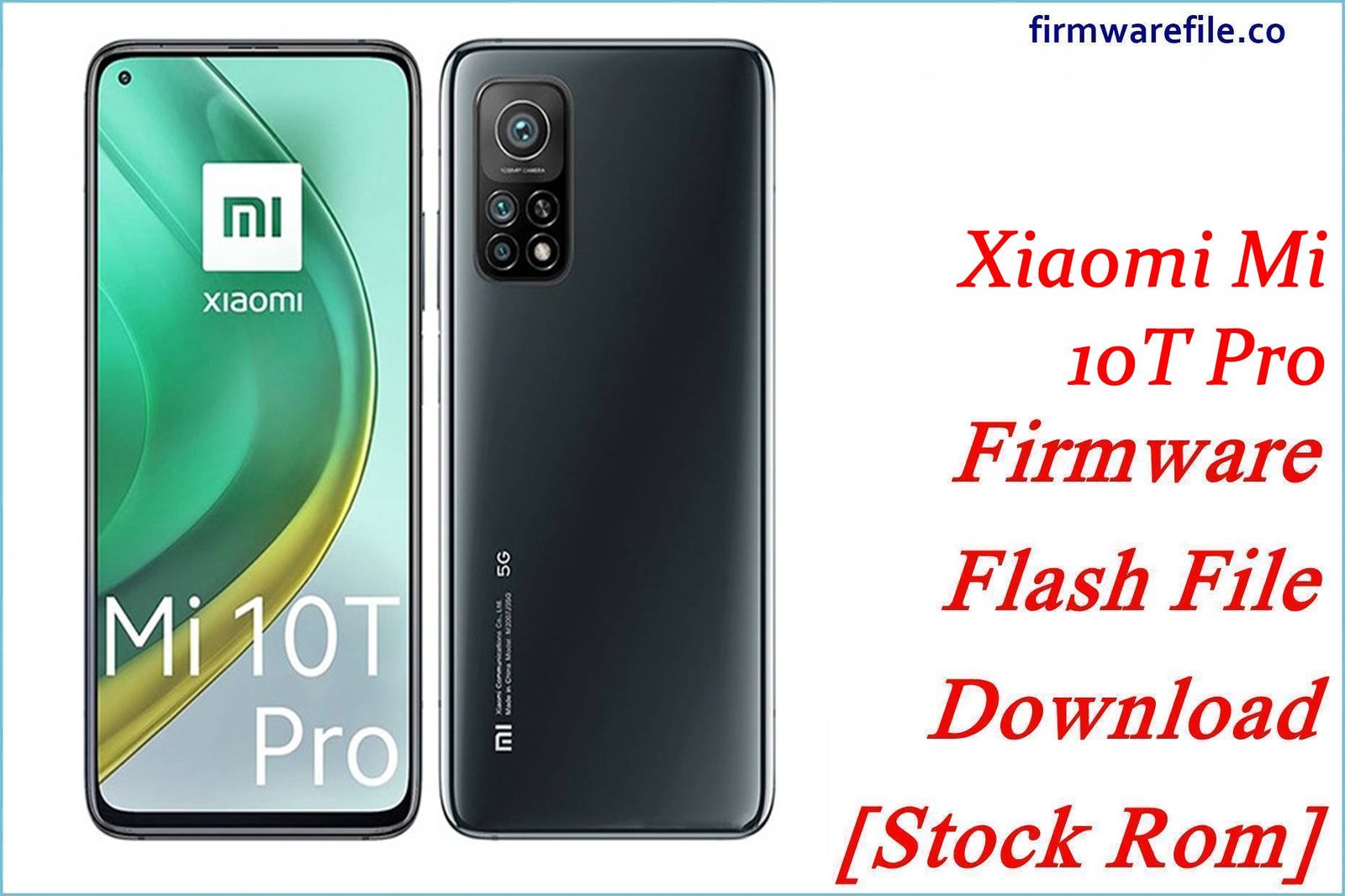Xiaomi Redmi 7 / Y3 Firmware Flash File Download [Stock ROM]
The Redmi 7 and Redmi Y3 (codenamed onclite) were popular budget smartphones featuring a 6.26-inch HD+ display, Snapdragon 632 processor, and massive 4000mAh battery. If your device is experiencing performance issues, battery drain, software crashes, or camera problems, this guide provides the official MIUI fastboot ROMs needed for complete system restoration.
Important Notice: Verify your device codename is onclite before flashing. This codename covers both Redmi 7 and Redmi Y3 models. Flashing incorrect firmware will result in a non-functional device.
Quick Device Specifications
- Device: Redmi 7 / Redmi Y3 (onclite)
- Release Year: 2019
- Chipset: Qualcomm Snapdragon 632 (14nm)
- Display: 6.26″ IPS LCD, 720 × 1520 pixels (19:9)
- Camera: 12MP + 2MP dual rear, 8MP front (Redmi 7) / 32MP front (Redmi Y3)
- Battery: 4000 mAh
- Original OS: Android 9.0 Pie, MIUI 10
- Special Feature: P2i splash protection coating
Essential Downloads & Tools
| File / Tool | Download Link |
|---|---|
| Xiaomi Mi Flash Tool | Download Stable Version |
| Qualcomm USB Drivers | Download Latest Drivers |
| ADB and Fastboot Tools | Official from Google |
| Mi Unlock Tool | Bootloader Unlock |
Official Fastboot ROM Collection
| Region / Variant | Build Version | Android | Release Date | Download Link |
|---|---|---|---|---|
| China Stable | V12.5.3.0.QFLCNXM | 10.0 | 2021-11-04 | Download |
| Global Stable | V11.0.7.0.PFLMIXM | 9.0 | 2020-10-14 | Download |
| India Stable | V11.0.7.0.PFLINXM | 9.0 | 2020-08-27 | Download |
| Russia Stable | V11.0.9.0.PFLRUXM | 9.0 | 2020-11-15 | Download |
| Xiaomi.eu (Custom) | V12.5.3.0.QFLCNXM (Based) | 10.0 | — | Download |
Flashing Guide for Redmi 7/Y3 (onclite)
- Driver Installation: Install Qualcomm USB drivers on your computer before connecting the device.
- Bootloader Unlock: If flashing different region ROM, unlock bootloader first using Mi Unlock Tool (requires Mi account authorization).
- Enter Fastboot Mode: Power off device, then hold Volume Down + Power buttons until Fastboot logo appears.
- Flash Process:
- Extract the downloaded .tgz file to access the firmware folder
- Open Mi Flash Tool and browse to the extracted folder
- Select “Clean All” option for a fresh installation (recommended for troubleshooting)
- Click “Flash” and wait for the process to complete (typically 3-5 minutes)
- First Boot: Initial boot may take 5-10 minutes as the system optimizes applications.
Frequently Asked Questions (FAQs)
Q1. What’s the difference between Redmi 7 and Redmi Y3 (both onclite)?
Both share identical hardware except for the front camera. Redmi Y3 features a 32MP front camera while Redmi 7 has an 8MP front camera. The firmware is compatible for both, but camera performance will vary based on hardware.
Q2. Why is the China ROM on Android 10 while Global is on Android 9?
Xiaomi typically provides longer update support for the Chinese market. The Global variant received Android 10 only in some regions, while China got more consistent updates.
Q3. Can I upgrade to Android 11 on Redmi 7/Y3?
No, Android 10 was the final official Android version for these devices. However, there are custom ROMs available based on Android 11 and newer if you unlock the bootloader.
Q4. My device is experiencing rapid battery drain. Can flashing help?
Yes, battery drain is often caused by software issues. Flashing the stock ROM and calibrating the battery (charge to 100%, drain completely, then full charge) can significantly improve battery life.
Device-Specific Troubleshooting
- Camera Issues: Redmi Y3 users may need to ensure they’re using firmware that properly supports the 32MP front camera sensor.
- Performance Lag: The 2GB/3GB RAM variants benefit from using MIUI’s Lite mode and limiting background processes.
- Storage Management: With 32GB/64GB options, regularly clean junk files and move media to microSD card.
- Network Problems: Flash the ROM specific to your region for optimal modem configuration and network compatibility.
Version Comparison
Android 10 (China ROM): Better performance, newer security patches, but may lack Google services and have Chinese apps.
Android 9 (Global/India): More stable for daily use, includes Google services, but lacks newer features and security updates.
Xiaomi.eu ROM: Based on China ROM but debloated, with Google services added. Offers best of both worlds for advanced users.







